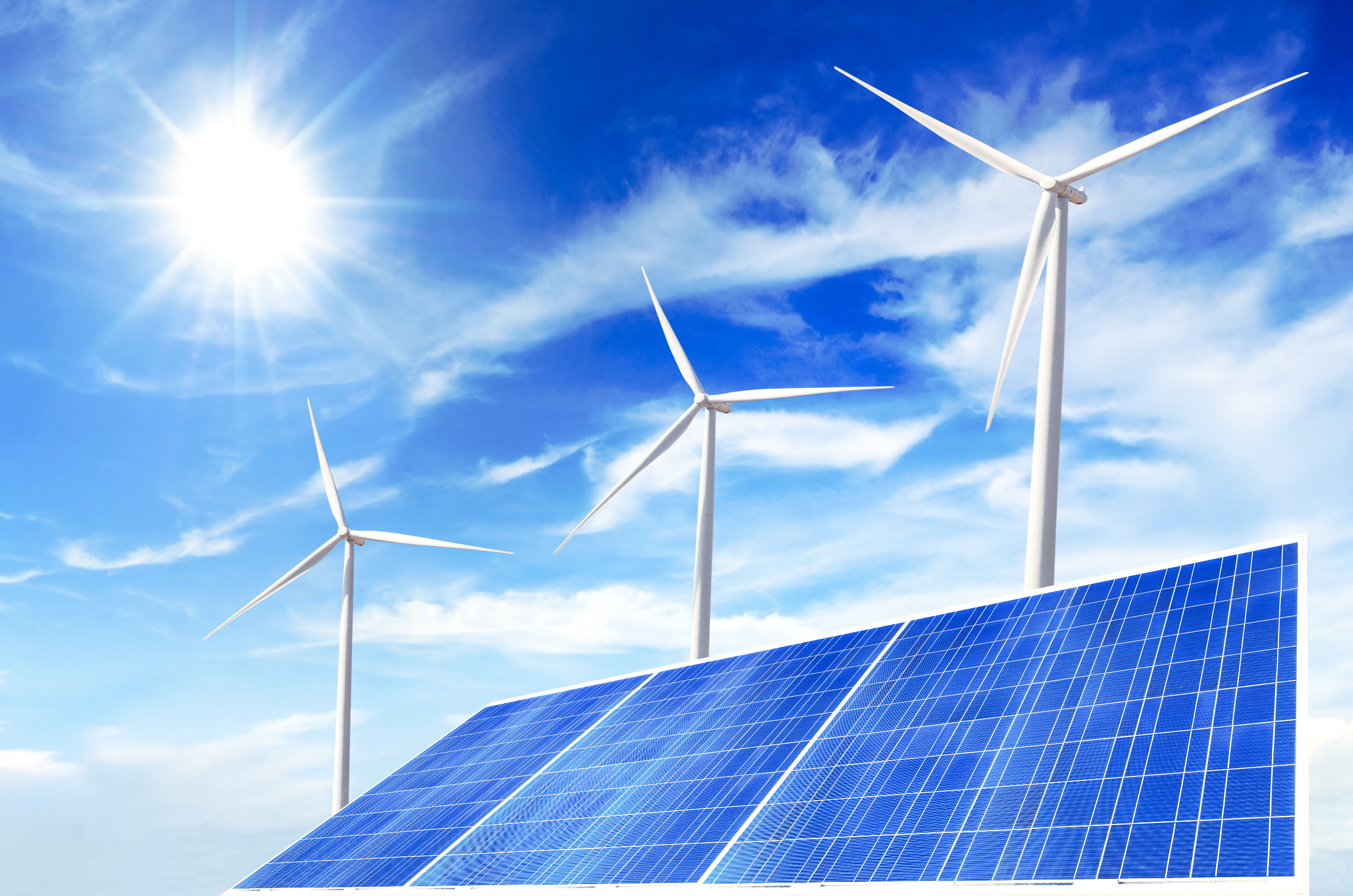
A few of many articles of interest for unreliable energy.
- Very large solar farm completed in snowy Minnesota
- Fighting over taxes on wind power
10/21 – AP at Reuters – Construction wraps up on largest solar facility in Midwest and 1/21/16 – Star Tribune – Largest Minnesota solar array wins approval from utility regulators and Community Energy Solar – North Star Solar
The North Star Solar facility in Minnesota has over 440,000 solar panels with theoretical capacity of 100 MW. Reported cost is $180M.
The panels cover 800 acres, or 1.25 square miles. The site consists of standard size panels, with average rated output of 227 watts (100Mw / 440K =227.3 watts).
Construction cost, based on two reports is $1.8M per MW ($180M / 100MW = $1.8M/MW).
Xcel Energy, a utility in the state, will buy all the output of North Star Solar for 25 years. Based on other reading I’ve done, I think that will be on a fixed price basis. For 25 years. Fixed price. Regardless of what technological breakthroughs might take place.
Minneapolis averages 45.3 inches of snow per year.
In addition, there is an average of 100 days per year with 1 inch or more of snow cover, which means the typical capacity of around 30% or so for a solar facility will be knocked down another one third due to typical and fully expected snow cover.
Keep in mind that rated capacity is when the sun is up, there are no clouds, it isn’t snowing (45″/yr), and the large amount of snowfall hasn’t yet melted (+100 days/yr).
Only reason this project exists is the state requires all investor owned utilities to get 1.5% of their electricity from unreliable renewal sources by 2020.
8/14 – Los Angeles Times – Who owns the wind? We do, Wyoming says, and it’s taxing those who use it – Construction on massive Chokecherry and Sierra Madre wind projects will begin soon. Theoretical capacity of those two facilities is officially rated at about 3,000 megawatts. At issue is whether the state taxes will disrupt the plans.
Wyoming charges a tiny tax of $1 per megawatt on wind power. That would be $0.001 per kilowatt. That’s a tenth of a penny. In addition to other federal subsidies, wind power receives a 2.3 cent production tax credit per kilowatt-hour produced.
Industry officials, educators, and other quoted folks all oppose the burdensome tax. The manager of one project says the wind farm is so financially precarious that any tax at all would make it economically unviable. Assuming the manager is being truthful, an increase in costs of a mere one-tenth of a cent per kilowatt hour would make the project fail.
State officials are looking at their budget shortfalls, considering the three decades of visual pollution that will exist in the state, realizing that the benefits of the power flow to other states, and concluding that the state should get some benefit from all those wind towers.
I’ll save you reading the full article. Here is my one sentence summary:
- Those irresponsible greedy hicks in Wyoming want to increase our already expensive, expectedly unreliable green electricity, which we want just because we feel like it.
One other astounding thought: There is shock over a state government that wants to tax everything in sight that can possibly be taxed. In California that is usually considered a good thing. I glanced at my phone bill this week and noticed there are about 15 taxes and mandatory fees buried in the total cost.